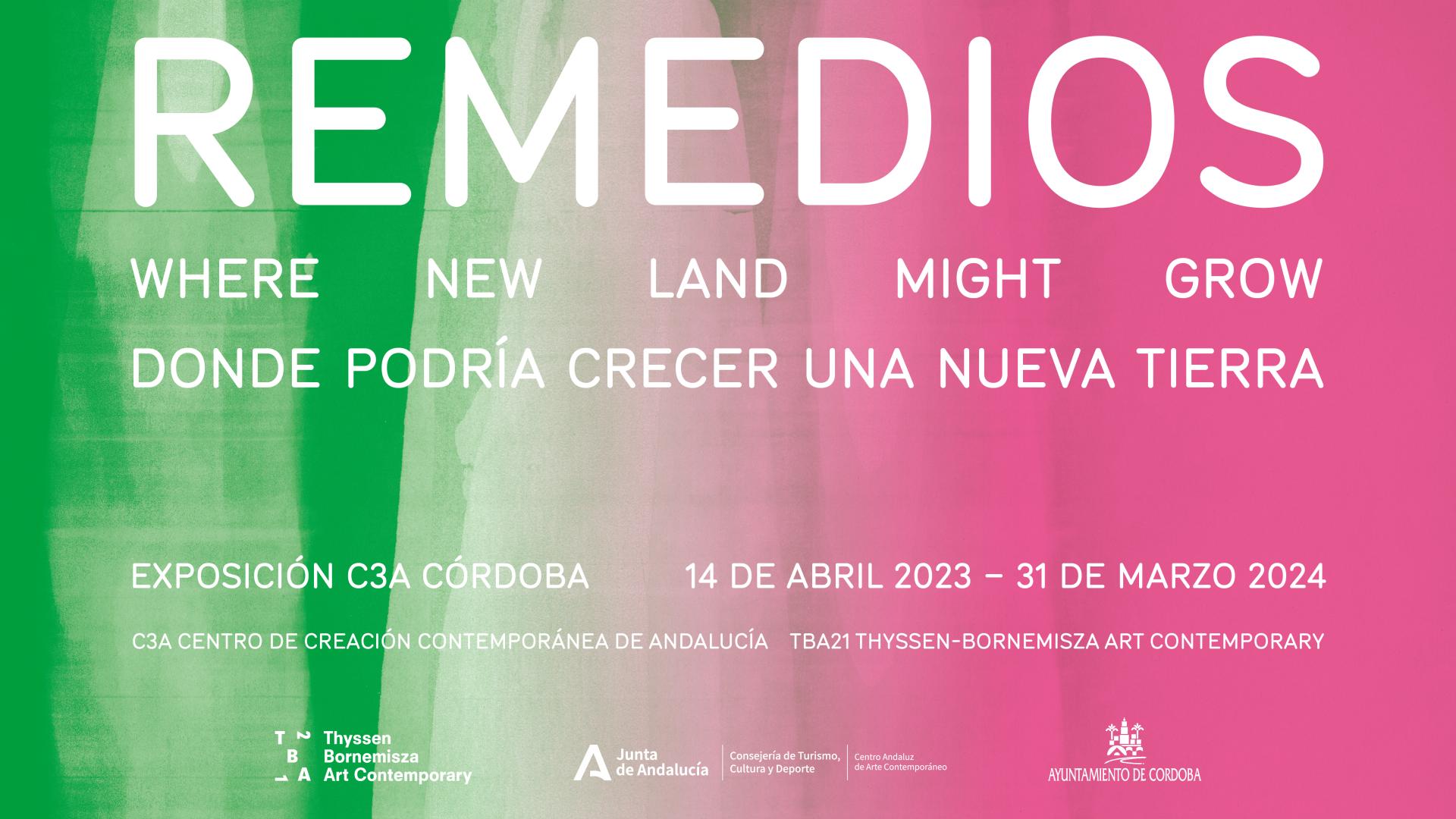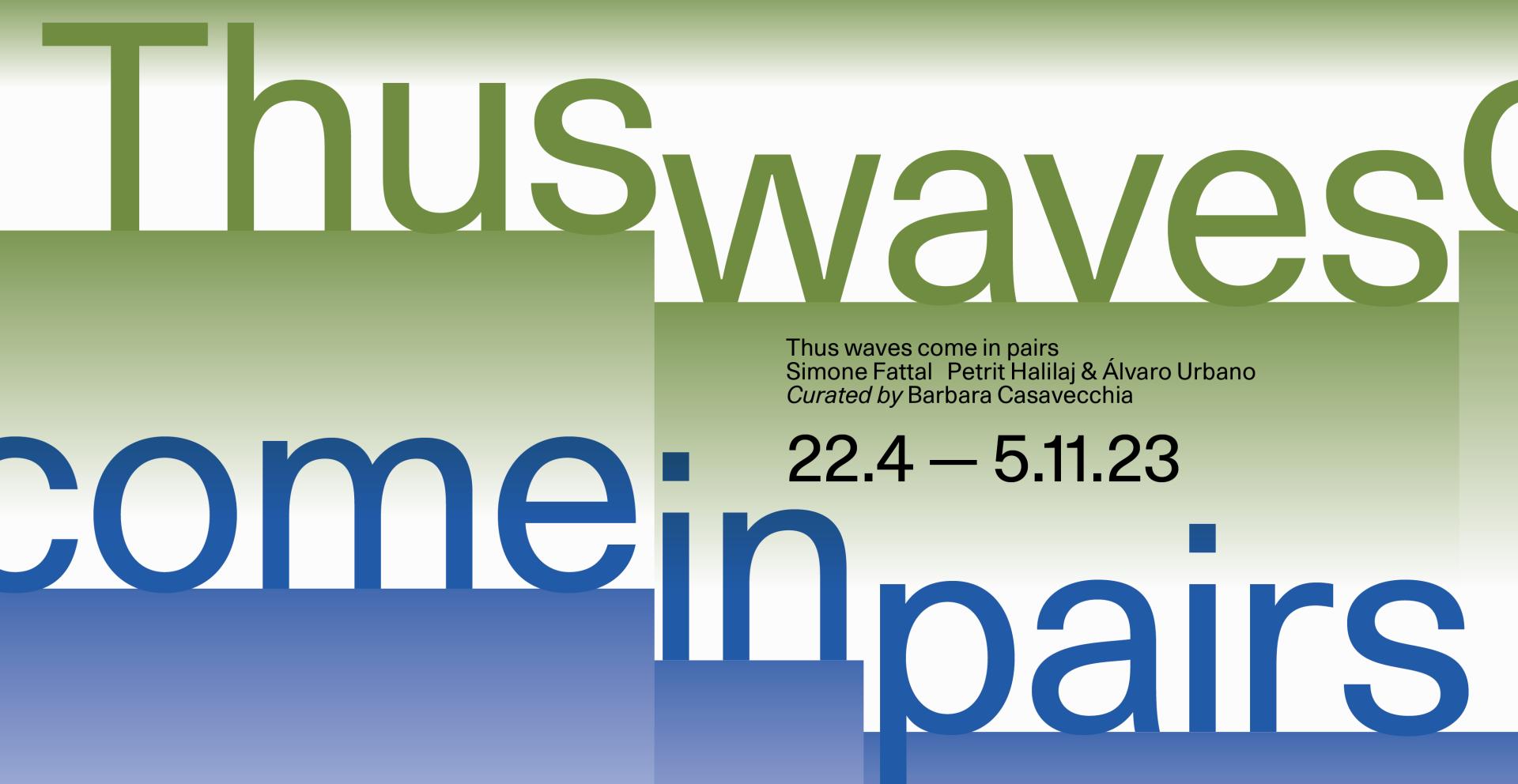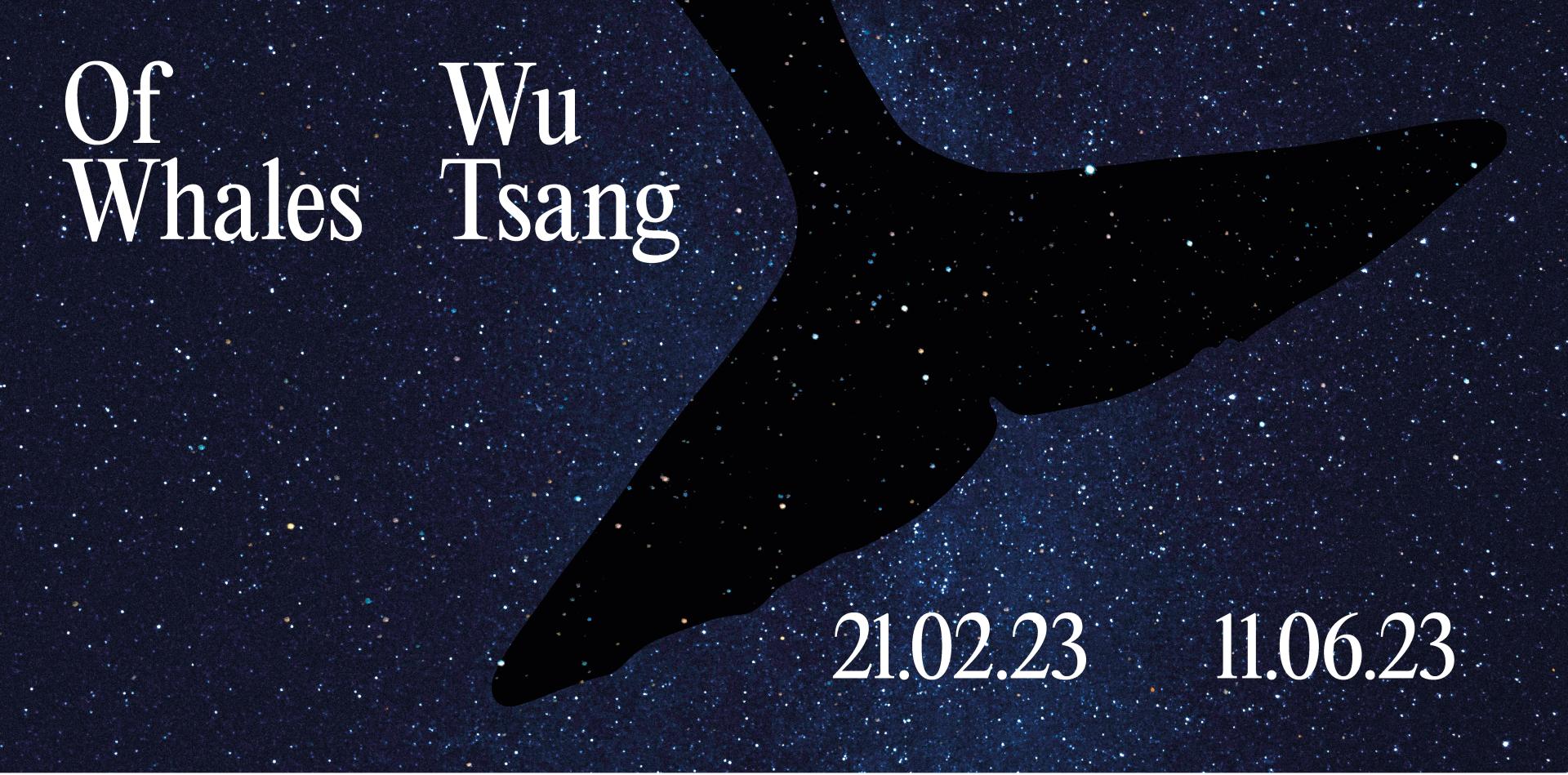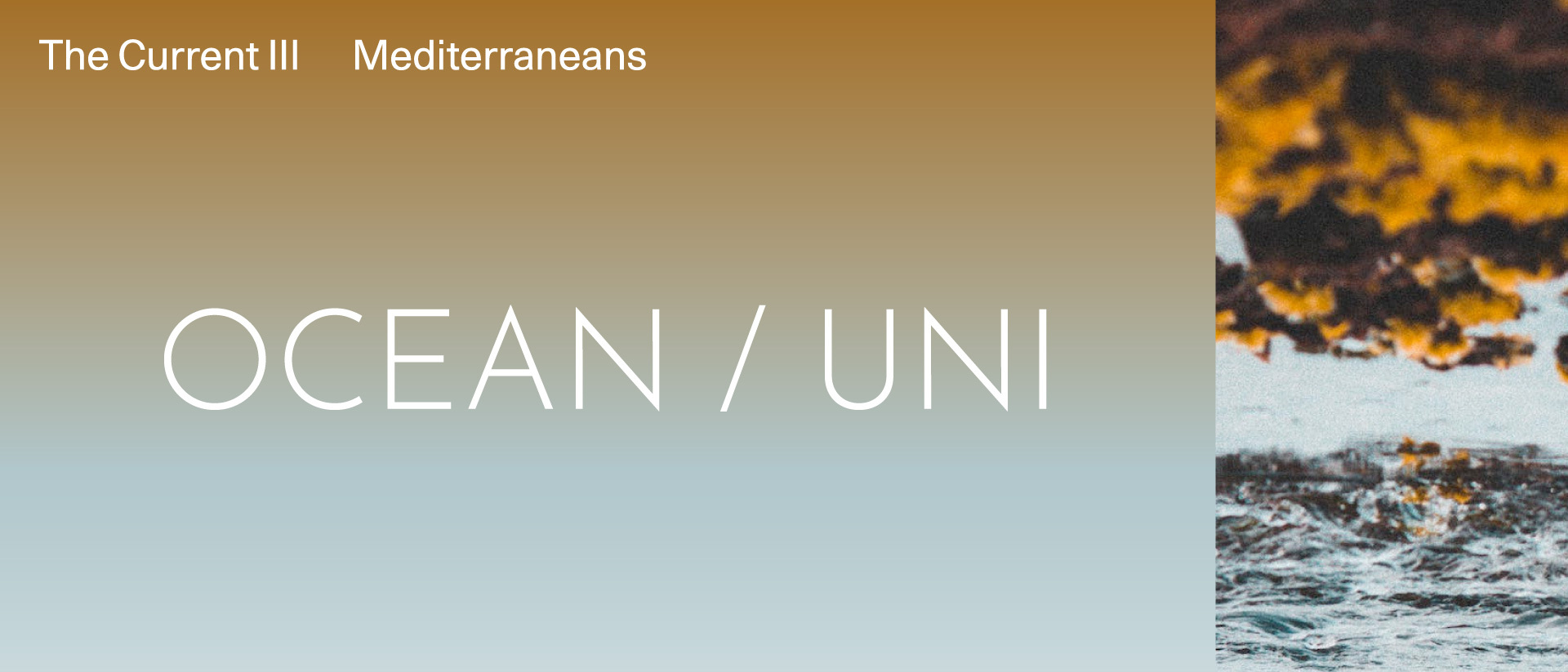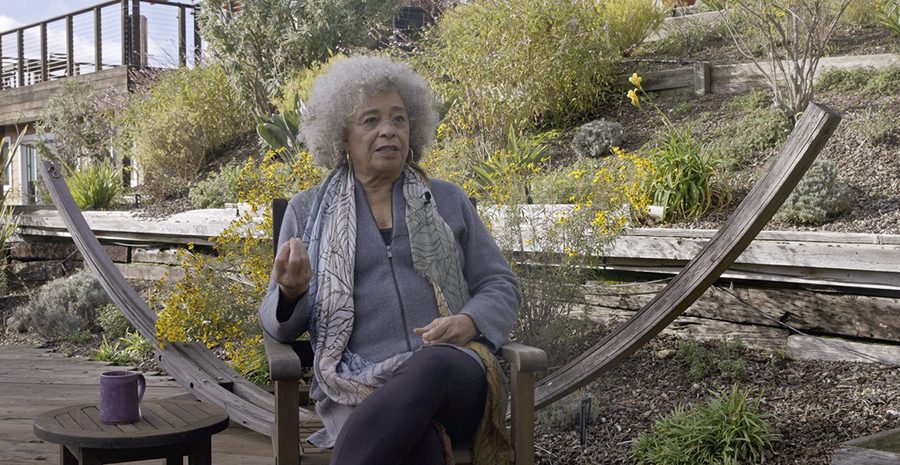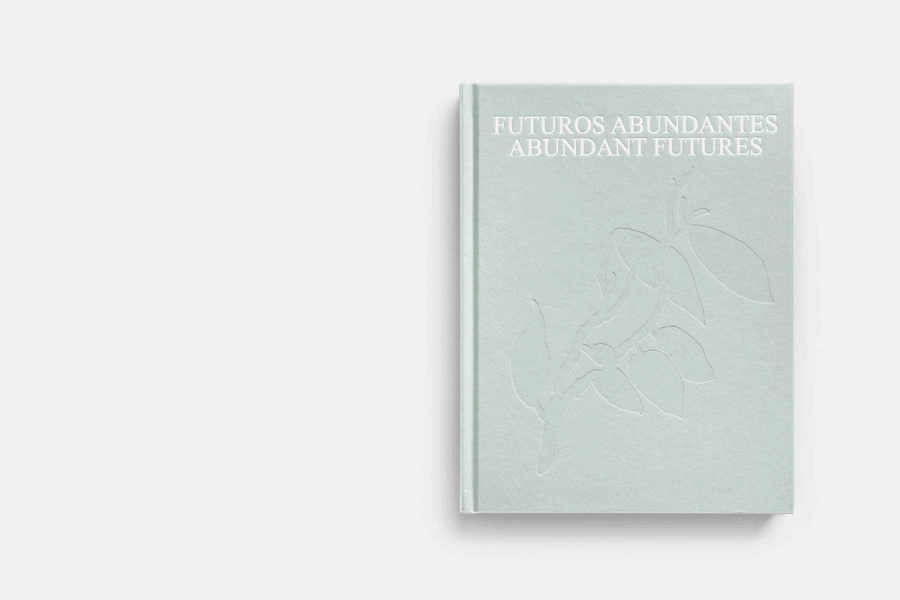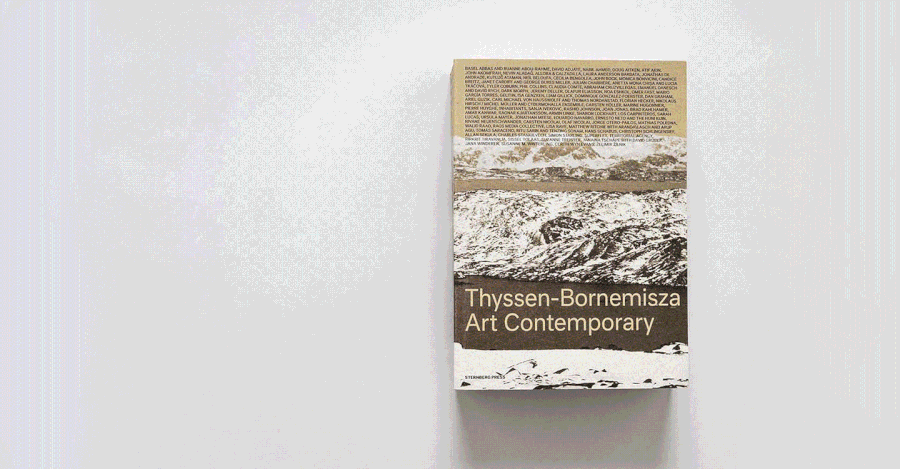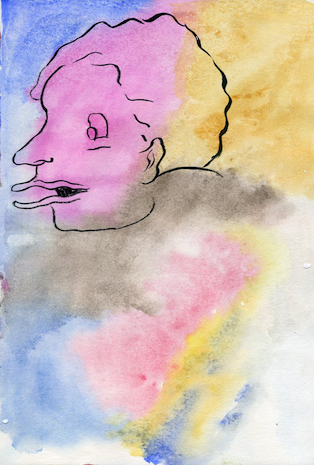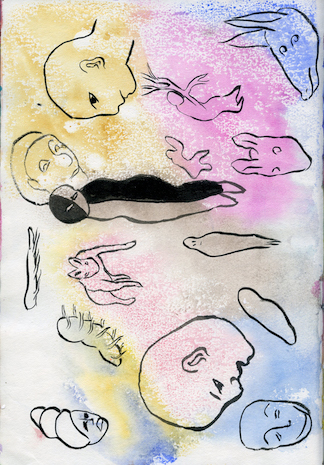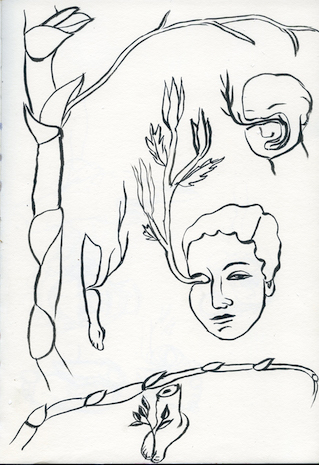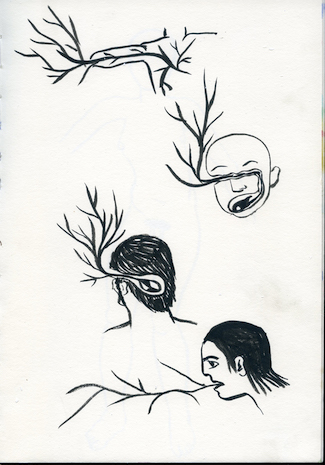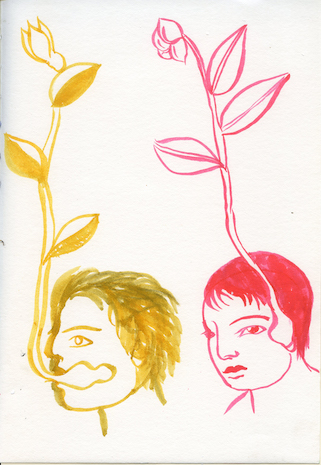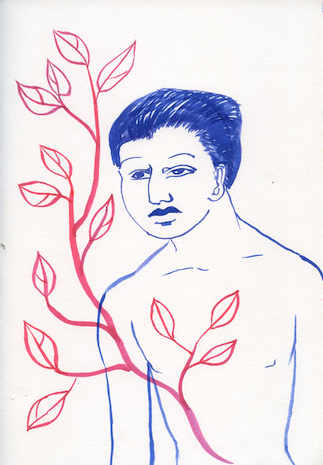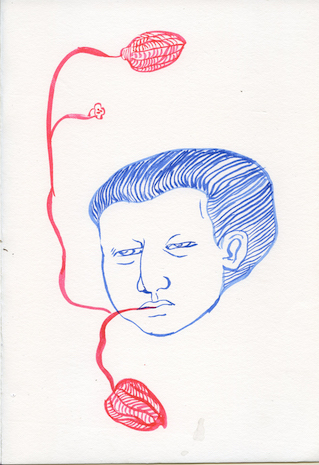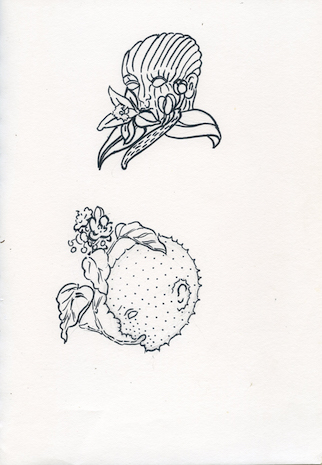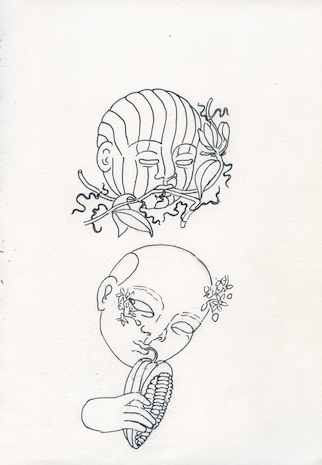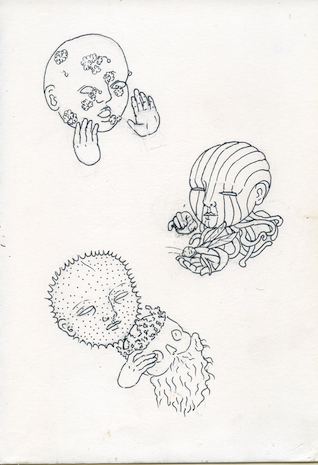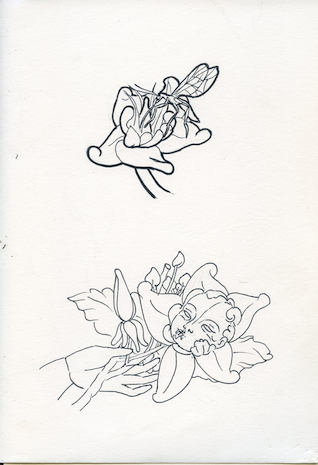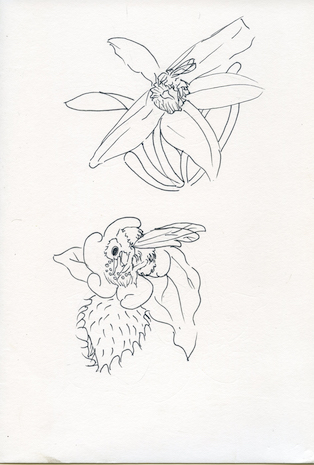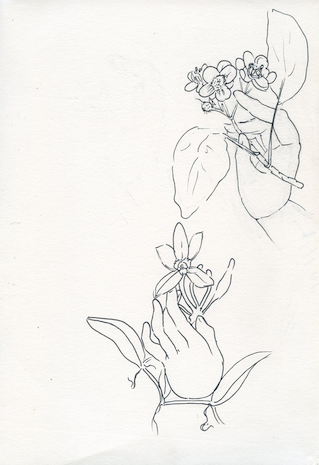Huertos de los ch’olti, 2020
Naufus Ramírez-Figueroa
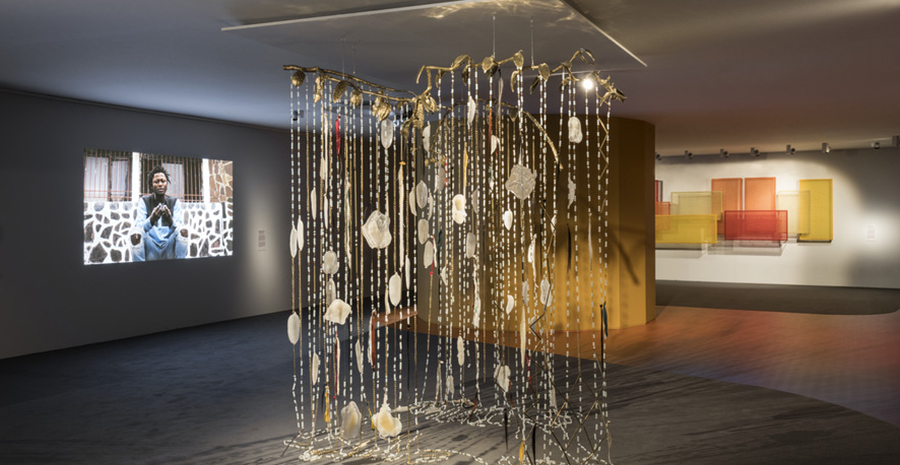
Installation view: How to Tread Lightly. st_age expanded, an exhibition, Museo Nacional Thyssen-Bornemisza, Madrid, Spain, 2020
Photo: Roberto Ruiz | TBA21
Photo: Roberto Ruiz | TBA21
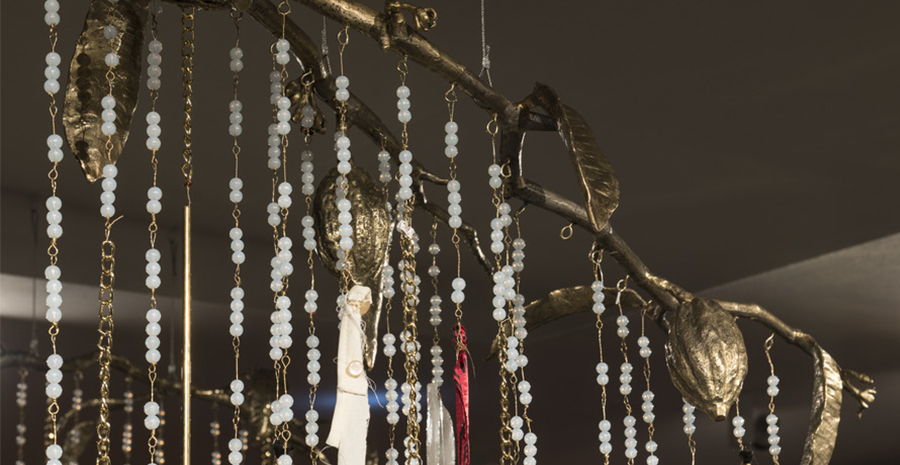
Installation view: How to Tread Lightly. st_age expanded, an exhibition, Museo Nacional Thyssen-Bornemisza, Madrid, Spain, 2020
Photo: Roberto Ruiz | TBA21
Photo: Roberto Ruiz | TBA21
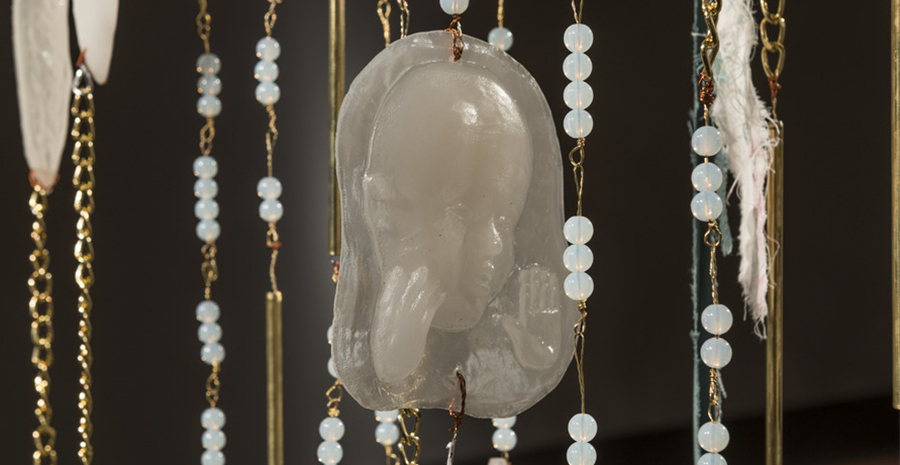
Installation view: How to Tread Lightly. st_age expanded, an exhibition, Museo Nacional Thyssen-Bornemisza, Madrid, Spain, 2020
Photo: Roberto Ruiz | TBA21
Photo: Roberto Ruiz | TBA21
TBA21 on st_age
Collection
Digital
EN/ES
Installation with three beaded curtains (bronze, ceramic beads, resin, glass, artificial hair, textile)
240 x 120 x 45 cm
Commissioned and produced by TBA21 Thyssen-Bornemisza Art Contemporary for the exhibition “How to Tread Lightly” at the Museo Nacional Thyssen-Bornemisza, October 5, 2020–January 17, 2021, curated by Soledad Gutiérrez
Huertos de los ch’olti, 2021
Watercolor and pencil on paper
Dimensions variable
Naufus Ramírez-Figueroa’s art ranges from performance and video to sculpture, installation, and printmaking. It has encompassed investigations of dreams, architecture, theater, and notions of the spiritual. Ramírez-Figueroa frequently explores historical narratives—especially the legacy of Guatemala’s brutal civil war between 1960 and 1996—through the conditions of the body.
Taking inspiration from the “enchanted” gardens of the former Ch’olti-speaking territory in today’s Belize and Guatemala, Huertos de los Ch’olti (Orchards of the Ch’olti) consists of a series of beaded curtains, each hanging from a branch, made of bronze and adorned with cacao, vanilla, and achiote fruits. These three cultigens were at the center of a complex pre-Hispanic agro-economic system among the Manche Ch’ol of the Maya Lowlands until the end of the seventeenth century. In 1695, when the Spanish colonialists overran the territories, the Friar Francisco Morán recorded the Ch’olti language in a manuscript named Arte y vocabulario de la lengua Cholti. It is the only document to evidence the Chʼolti language before its extinction. After years of unsuccessful pacification and following Morán recommendations, the Ch’olti-speaking people were violently displaced and annihilated and their homeland depopulated by the military and missionary powers. For decades to come, the Manche Ch’ol territory remained an enchanted and haunted place for the colonists. Eighteenth-century Spaniards are said to have observed that cacao, vanilla, and achiote fields were still being cultivated, even though the land lacked a population to look after the crops. Morán’s manuscript and the context in which it was created reflect the long history of religious imperialism and evangelism in Latin America, processes of deculturization, and loss that Guatemalan people still suffer today.
A series of preparatory drawings for the installation channel a fragmented imagery, giving shape to the lost Manche Chʼol people. Drawn in fine lines and with colored pencil on paper, the drawings sketch out the characters that are then carved on the resin and glass amulets in the installation. Borrowing from the language of Indigenous cosmologies and science fiction, the drawings portray subjects that appear as ghosts, spirits, or Earth-beings: faces and bodies with human features that morph into plants, bulbs, blossoms, and leaves. The phyto-shaped parts sprout and branch out from the mouths, ears, eyes, and fingers of haunted figures whose history of displacement and suppression Ramírez-Figueroa pays homage to. In a few of the drawings, the artist inserts zoomorphic heads, fetus-like forms, and cocoons, suggesting a symbology of suspension, metamorphosis, and liminality. Drawn on white paper or, at times, on a cloudy background painted in watercolors, these figures live in a state of transition, between one world and another. In Ramírez-Figueroa’s work, surreal worlds are haunted by ghosts both personal and collective.
Installation with three beaded curtains (bronze, ceramic beads, resin, glass, artificial hair, textile)
240 x 120 x 45 cm
Commissioned and produced by TBA21 Thyssen-Bornemisza Art Contemporary for the exhibition “How to Tread Lightly” at the Museo Nacional Thyssen-Bornemisza, October 5, 2020–January 17, 2021, curated by Soledad Gutiérrez
Huertos de los ch’olti, 2021
Watercolor and pencil on paper
Dimensions variable
Naufus Ramírez-Figueroa’s art ranges from performance and video to sculpture, installation, and printmaking. It has encompassed investigations of dreams, architecture, theater, and notions of the spiritual. Ramírez-Figueroa frequently explores historical narratives—especially the legacy of Guatemala’s brutal civil war between 1960 and 1996—through the conditions of the body.
Taking inspiration from the “enchanted” gardens of the former Ch’olti-speaking territory in today’s Belize and Guatemala, Huertos de los Ch’olti (Orchards of the Ch’olti) consists of a series of beaded curtains, each hanging from a branch, made of bronze and adorned with cacao, vanilla, and achiote fruits. These three cultigens were at the center of a complex pre-Hispanic agro-economic system among the Manche Ch’ol of the Maya Lowlands until the end of the seventeenth century. In 1695, when the Spanish colonialists overran the territories, the Friar Francisco Morán recorded the Ch’olti language in a manuscript named Arte y vocabulario de la lengua Cholti. It is the only document to evidence the Chʼolti language before its extinction. After years of unsuccessful pacification and following Morán recommendations, the Ch’olti-speaking people were violently displaced and annihilated and their homeland depopulated by the military and missionary powers. For decades to come, the Manche Ch’ol territory remained an enchanted and haunted place for the colonists. Eighteenth-century Spaniards are said to have observed that cacao, vanilla, and achiote fields were still being cultivated, even though the land lacked a population to look after the crops. Morán’s manuscript and the context in which it was created reflect the long history of religious imperialism and evangelism in Latin America, processes of deculturization, and loss that Guatemalan people still suffer today.
A series of preparatory drawings for the installation channel a fragmented imagery, giving shape to the lost Manche Chʼol people. Drawn in fine lines and with colored pencil on paper, the drawings sketch out the characters that are then carved on the resin and glass amulets in the installation. Borrowing from the language of Indigenous cosmologies and science fiction, the drawings portray subjects that appear as ghosts, spirits, or Earth-beings: faces and bodies with human features that morph into plants, bulbs, blossoms, and leaves. The phyto-shaped parts sprout and branch out from the mouths, ears, eyes, and fingers of haunted figures whose history of displacement and suppression Ramírez-Figueroa pays homage to. In a few of the drawings, the artist inserts zoomorphic heads, fetus-like forms, and cocoons, suggesting a symbology of suspension, metamorphosis, and liminality. Drawn on white paper or, at times, on a cloudy background painted in watercolors, these figures live in a state of transition, between one world and another. In Ramírez-Figueroa’s work, surreal worlds are haunted by ghosts both personal and collective.
FIND MORE
Convention on Biological Diversity’s Global Biodiversity Outlook 4, Target 18: Traditional knowledge respected, extract, 2020
Linda Taylor, "Naufus Ramírez-Figueroa," ArtReview, 2018
Marisol de la Cadena, Mario Blaser eds., A World of Many Worlds, Duke University Press, 2018
Robbie A. Haertel, John S. Robertson, Danny Law, Colonial Ch'olti': The Seventeenth-Century Morán Manuscript, University of Oklahoma Press, 2010
UNESCO Interactive Atlas of the World’s Languages in Danger
Linda Taylor, "Naufus Ramírez-Figueroa," ArtReview, 2018
Marisol de la Cadena, Mario Blaser eds., A World of Many Worlds, Duke University Press, 2018
Robbie A. Haertel, John S. Robertson, Danny Law, Colonial Ch'olti': The Seventeenth-Century Morán Manuscript, University of Oklahoma Press, 2010
UNESCO Interactive Atlas of the World’s Languages in Danger
Naufus Ramírez-Figueroa lives and works in Berlin and Guatemala City.



